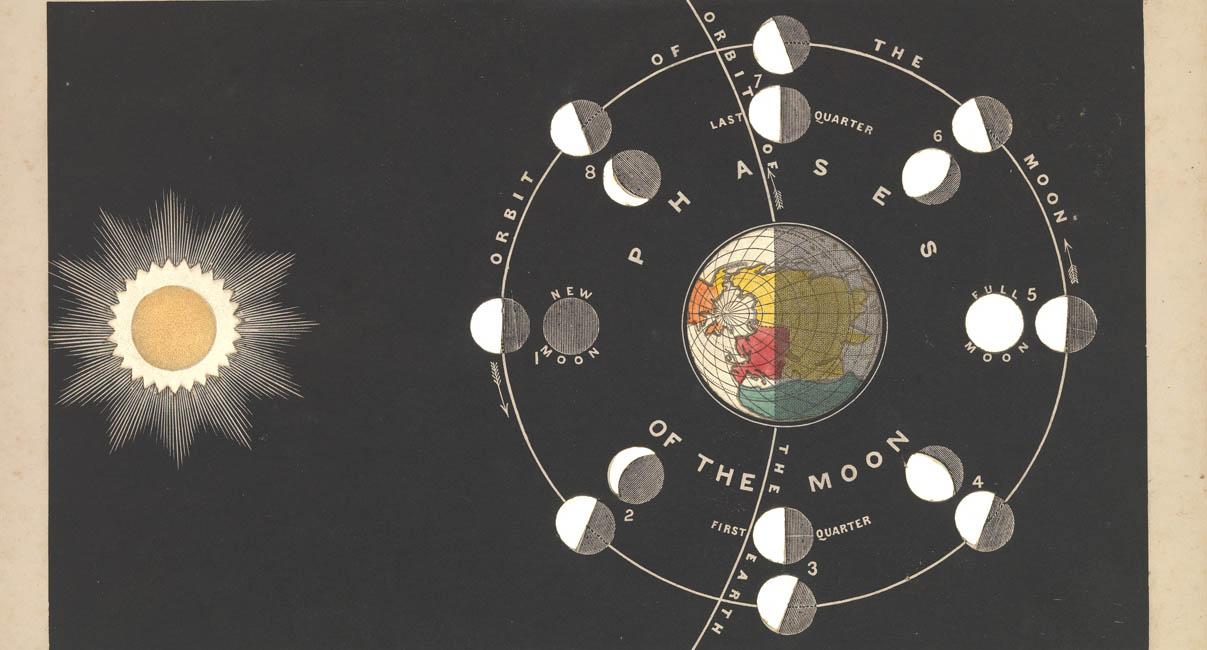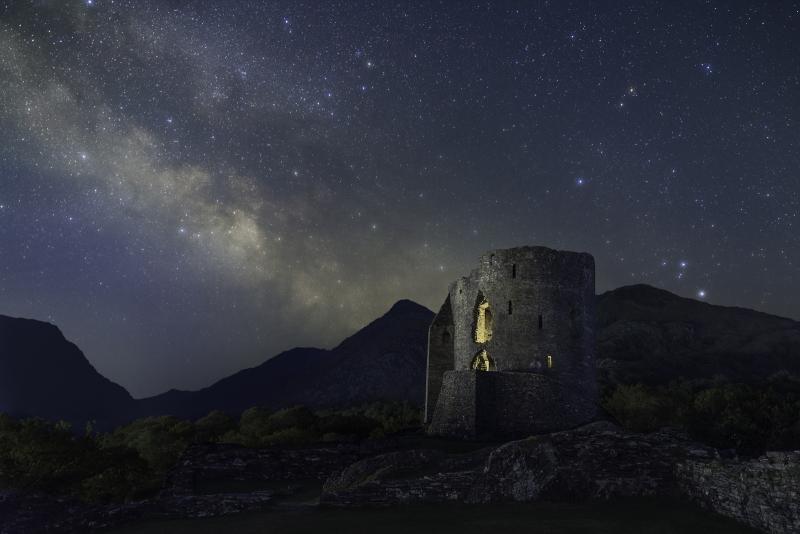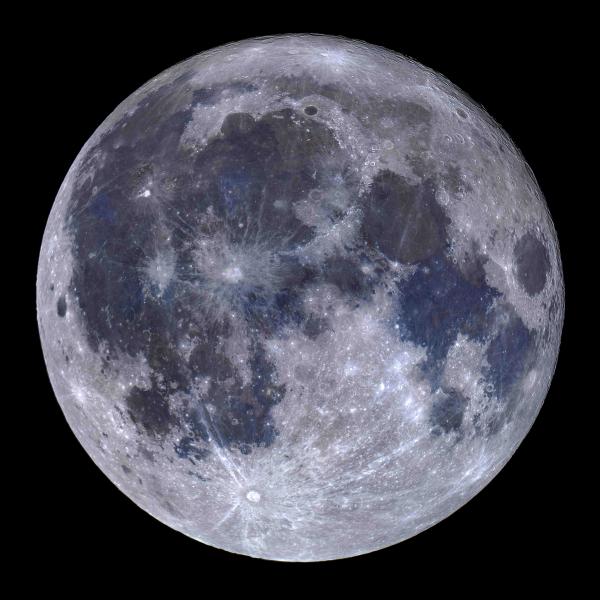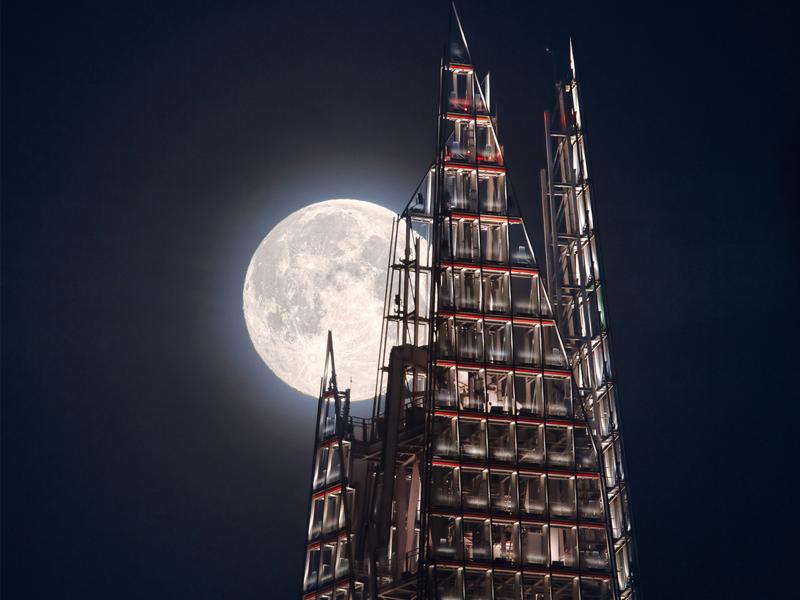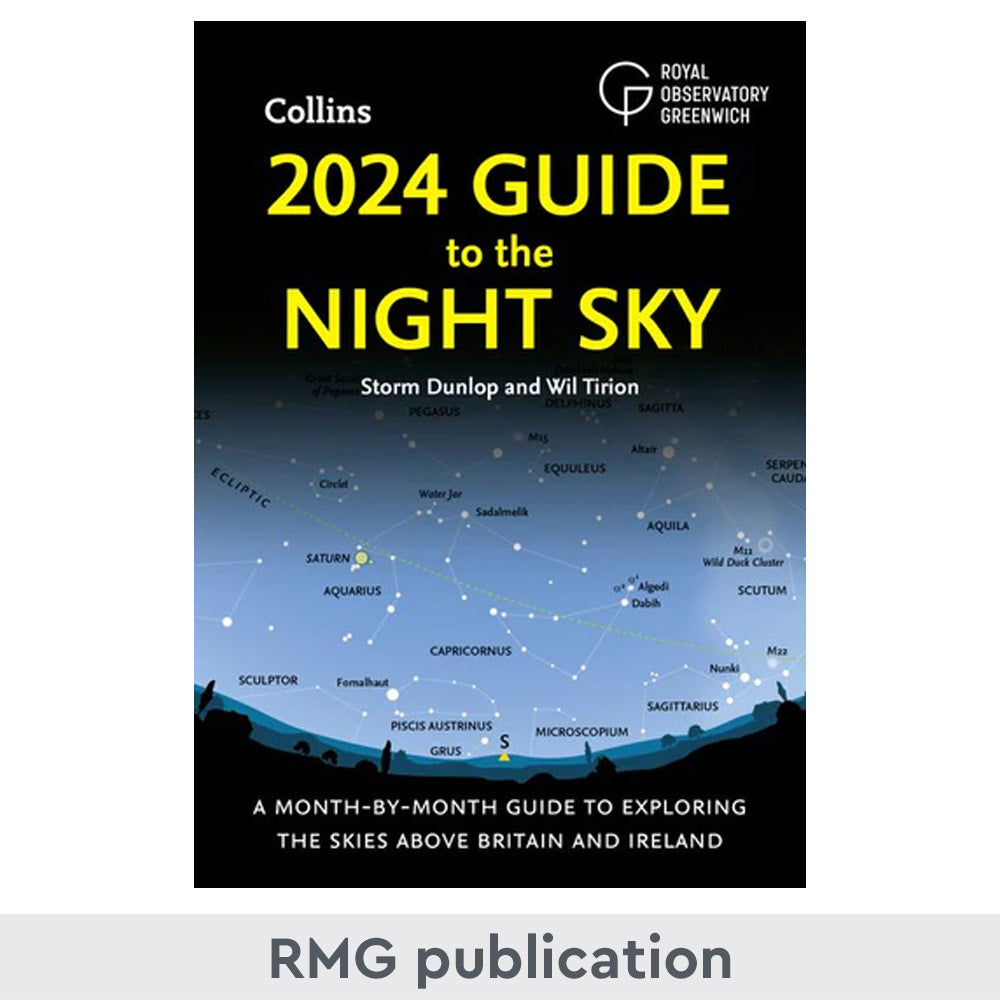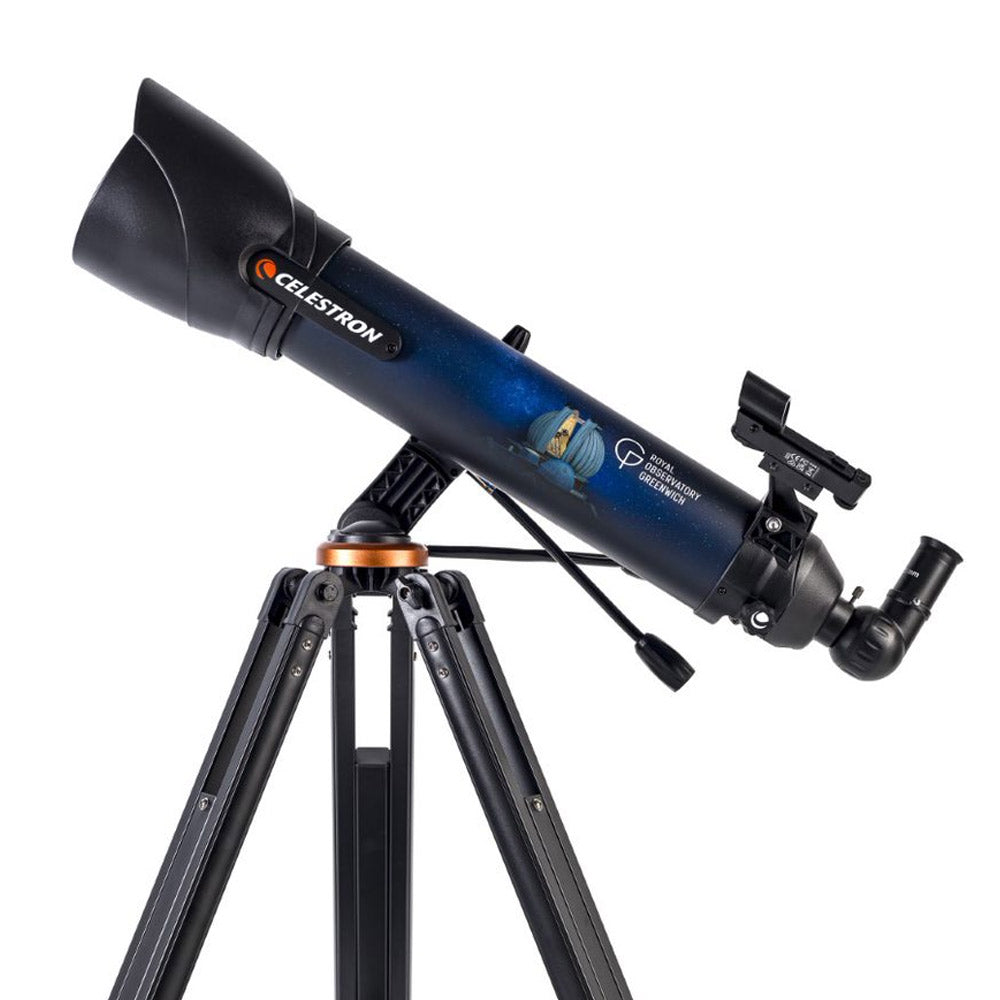
Blue moons, Harvest moons, Worm moons? Find out more about the ancient names associated with the phases of the Moon - and what they mean.
What are the phases of the Moon?
When we look up at the Moon, we don’t always see the same amount of its surface being lit up. This apparent change in the shape of the Moon is known as its 'phase'.
What causes the phases of the Moon?
The phases of the Moon are caused by the relative positions of the Moon, Sun and Earth.
Because the Moon produces no visible light of its own, we can only see the parts of the Moon that are lit up by other objects. A small amount of light comes from distant stars and the reflection of light from the Earth (known as Earthshine). However the main source of light for the Moon is the Sun.
At almost all times, half of the Moon is being lit up by the Sun, but this need not be the half that is facing towards the Earth. The only exception is during a lunar eclipse.
If the Moon is between the Earth and the Sun in its orbit, then the back side of the Moon is being lit up and the side facing the Earth is in darkness. This is called a new Moon. If the Moon is on the other side of the Earth compared to the Sun, then the near side of the Moon will be fully lit up: a full Moon.
How many phases of the Moon are there?
In between these, the Moon goes through multiple stages of partial illumination during its different phases. These are the banana-shaped crescent Moon, the D-shaped quarter Moon and the almost complete gibbous Moon.
Finally, each phase is also named after its position in the full 29.5 day cycle based on whether it is growing (waxing) or shrinking (waning).
The eight phases of the Moon in order are:
- new Moon
- waxing crescent Moon
- first quarter Moon
- waxing gibbous Moon
- full Moon
- waning gibbous Moon
- last quarter Moon
- waning crescent Moon.
The full, quarter and new Moons are all the instants in time when the Moon is exactly fully, half or not at all illuminated from our perspective on Earth. The crescent and gibbous Moons each last approximately a week.
The word ‘month’ takes its root from the Moon. A month was originally defined to be either 29 or 30 days, roughly equal to the 29.5-day cycle of the lunar phases. Some of our calendar months were later padded out with extra days so that 12 months would make up one complete 365-day solar year.
How are the phases of the Moon and the months linked?
The Moon’s phases and the months of the year are inextricably linked. It takes the Moon about 29.5 days to go through all of its phases, meaning that each month has on average one full moon (which occurs when the entire face of the Moon is illuminated by the Sun). This figure is not the same as the time it takes the Moon to orbit Earth – that’s 27.3 days.
How many full Moons are there in a month?
Because our modern calendar isn’t quite in line with the Moon’s phases, sometimes we get more than one full moon in a month. This is sometimes known as a blue moon.
How many full Moons are there in a year?
There are 12 full moon names corresponding to the full Moon in each month, but sometimes there are more than 12 full moons in one year…
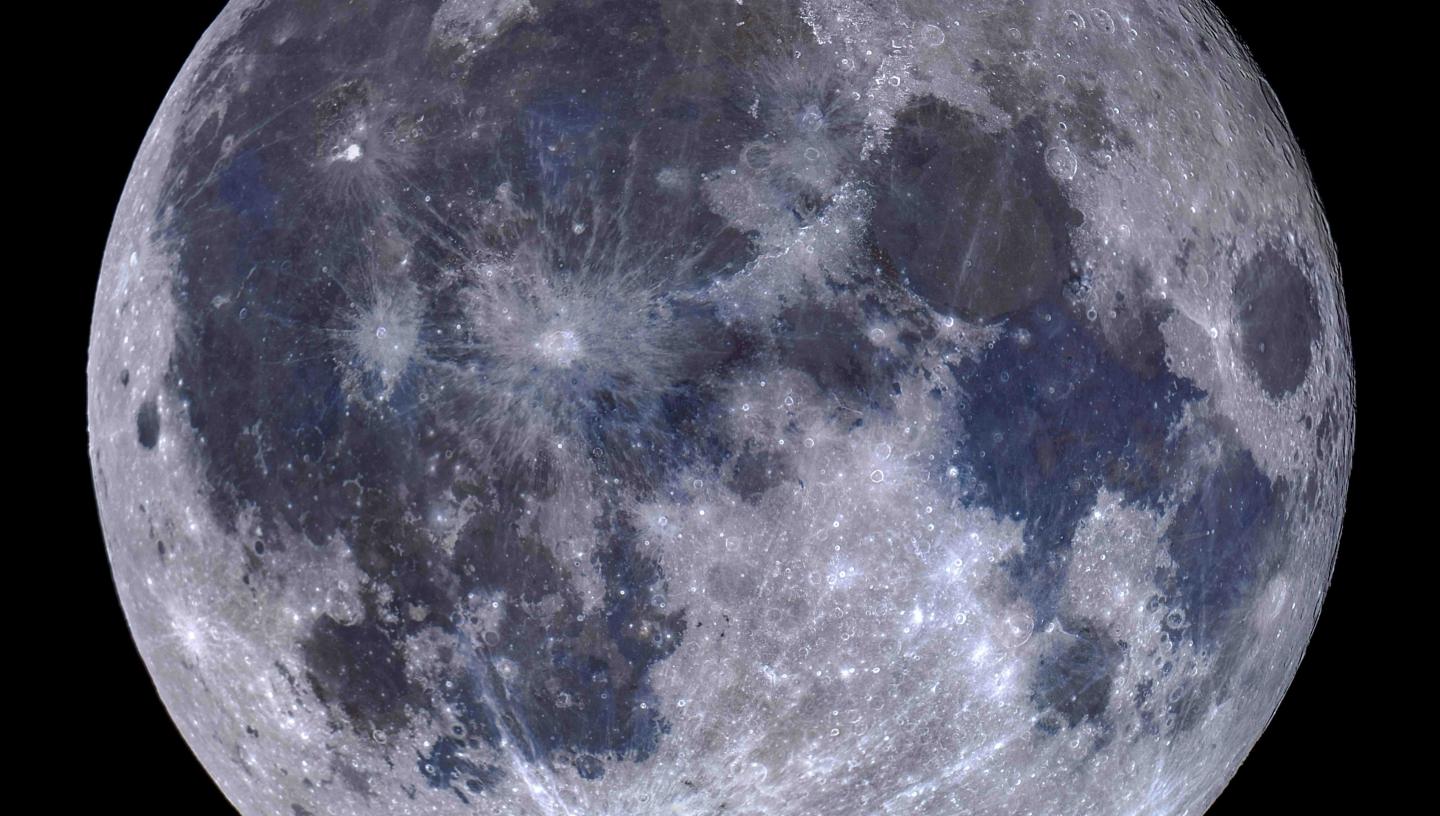
See the Moon up close
Full Moon: names and meanings
Over time, different cultures have given names to full moons across the lunar calendar. Many of the Moon’s nicknames have come to us from Native American culture because for their way of life, the cycles of the lunar phases were just as important a method of timekeeping as the longer solar cycle of the year (from which the modern Gregorian calendar is derived).
The number of Moon names differs slightly from tribe to tribe, but many assign either 12 or 13 full moons to the year. These names were then adopted by the Colonial Americans and have entered popular culture; below you can see a few alternatives alongside the most popular names for each month's full moon.
January: Wolf Moon
January's full moon is named after the howling of hungry wolves lamenting the scarcity of food in midwinter. Other names for this month's full moon include old moon and ice moon.
February: Snow Moon
February’s typically cold, snowy weather in North America earned its full moon the name snow moon. Storm moon and hunger moon are other common names.
March: Worm Moon
Native Americans called this last full moon of winter the worm moon after the worm trails that would appear in the newly thawed ground. Other names include chaste moon, death moon, crust moon and sap moon, after the tapping of the maple trees.
April: Pink Moon
Northern Native Americans call April's full moon the pink moon after a species of early blooming wildflower. In other cultures, this moon is called the sprouting grass moon, the egg moon, and the fish moon.
May: Flower Moon
Many cultures refer to May's full moon as the flower moon thanks to the abundant blooming that occurs as spring gets going properly. Other names include the hare moon, the corn planting moon, and the milk moon.
June: Strawberry Moon
In North America, the harvesting of strawberries in June gives that month's full moon its name. Europeans have dubbed it the rose moon, while other cultures named it the hot moon for the beginning of the summer heat.
July: Buck Moon
Male deer, which shed their antlers every year, begin to regrow them in July, hence the Native American name for July's full moon. Some refer to this moon as the thunder moon, due to the summer storms in this month. Other names include the hay moon, after the July hay harvest.
August: Sturgeon Moon
North American fishing tribes called August's full moon the sturgeon moon since the species appeared in number during this month. It's also been called the green corn moon, the grain moon, and the red moon for the reddish hue it often takes on in the summer haze.
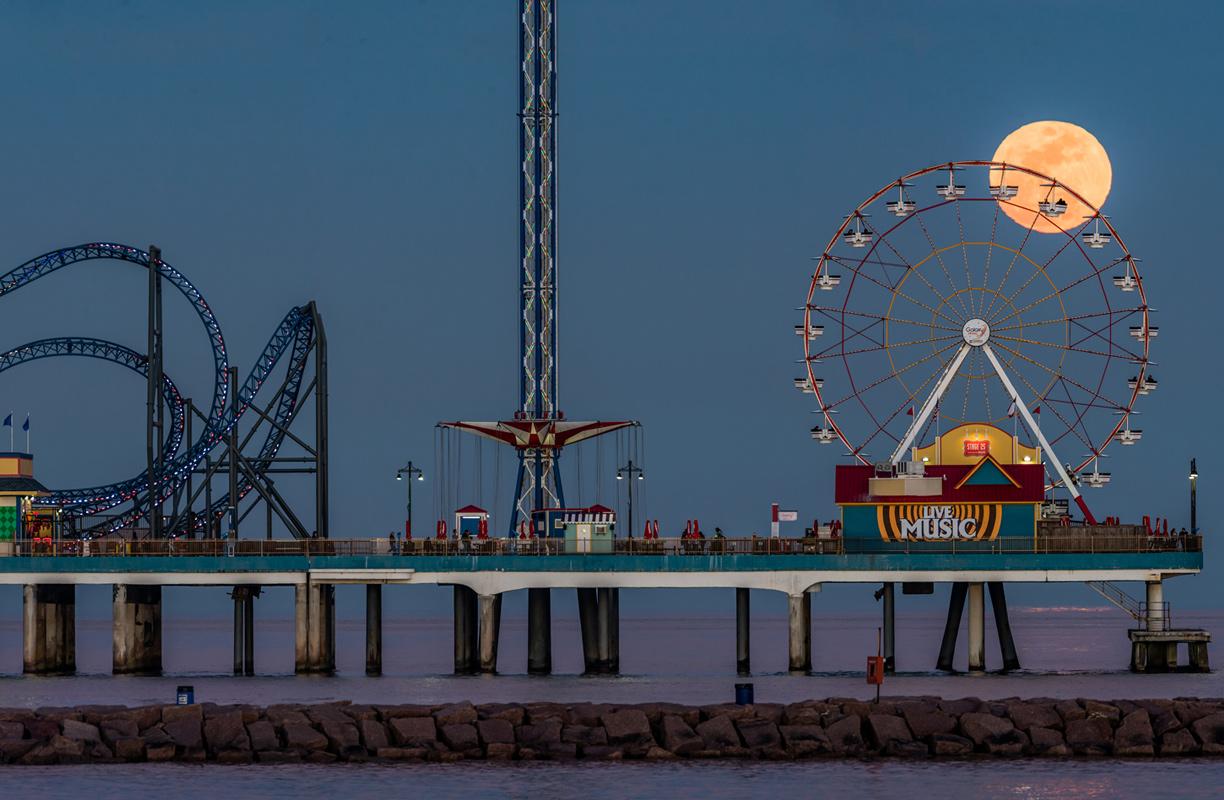
September: Full Corn Moon
September's full corn moon is so called because this is when crops are gathered at the end of the summer season. At this time, the Moon appears particularly bright and rises early, letting farmers continue harvesting into the night. This moon is also sometimes named the barley moon, and it is often the nearest full moon to the autumnal equinox, earning the title of 'harvest moon'.
October: Hunter's Moon
After the harvest moon comes the hunter's moon, in the preferred month to hunt summer-fattened deer and fox unable to hide in bare fields. Like the harvest moon, the hunter's moon is also particularly bright and long in the sky, giving hunters the opportunity to stalk prey at night. Other names include the travel moon and the dying grass moon.
November: Beaver Moon
There is disagreement over the origin of November's beaver moon name. Some say it comes from Native Americans setting beaver traps during this month, while others say the name comes from the heavy activity of beavers building their winter dams. Another name is the frost moon.
December: Cold Moon
The coming of winter earned December's full moon the name cold moon. Other names include the long night moon and the oak moon.
What is a blue moon?
The Moon completes 12 full cycles of its phases in about 354 days – which is 11 days short of a calendar year. Every two and a half years or so the difference adds up to an extra, 13th full moon occurring during the year and this relatively rare occurrence is sometimes referred to as a ‘blue moon’. However, the precise origins of the term are uncertain: it was originally the name given to the third full moon of a season containing four full moons, and today ‘blue moon’ is also sometimes applied to a second full moon occurring within a single calendar month. Find out more about blue moons here.
What is the harvest moon?
The harvest moon is one of the most familiar Moon names and refers to the nearest full moon to the autumnal equinox. The light of the Harvest Moon enables farmers to work late into the night, helping them to bring in the crops from the fields. This usually falls in September.
